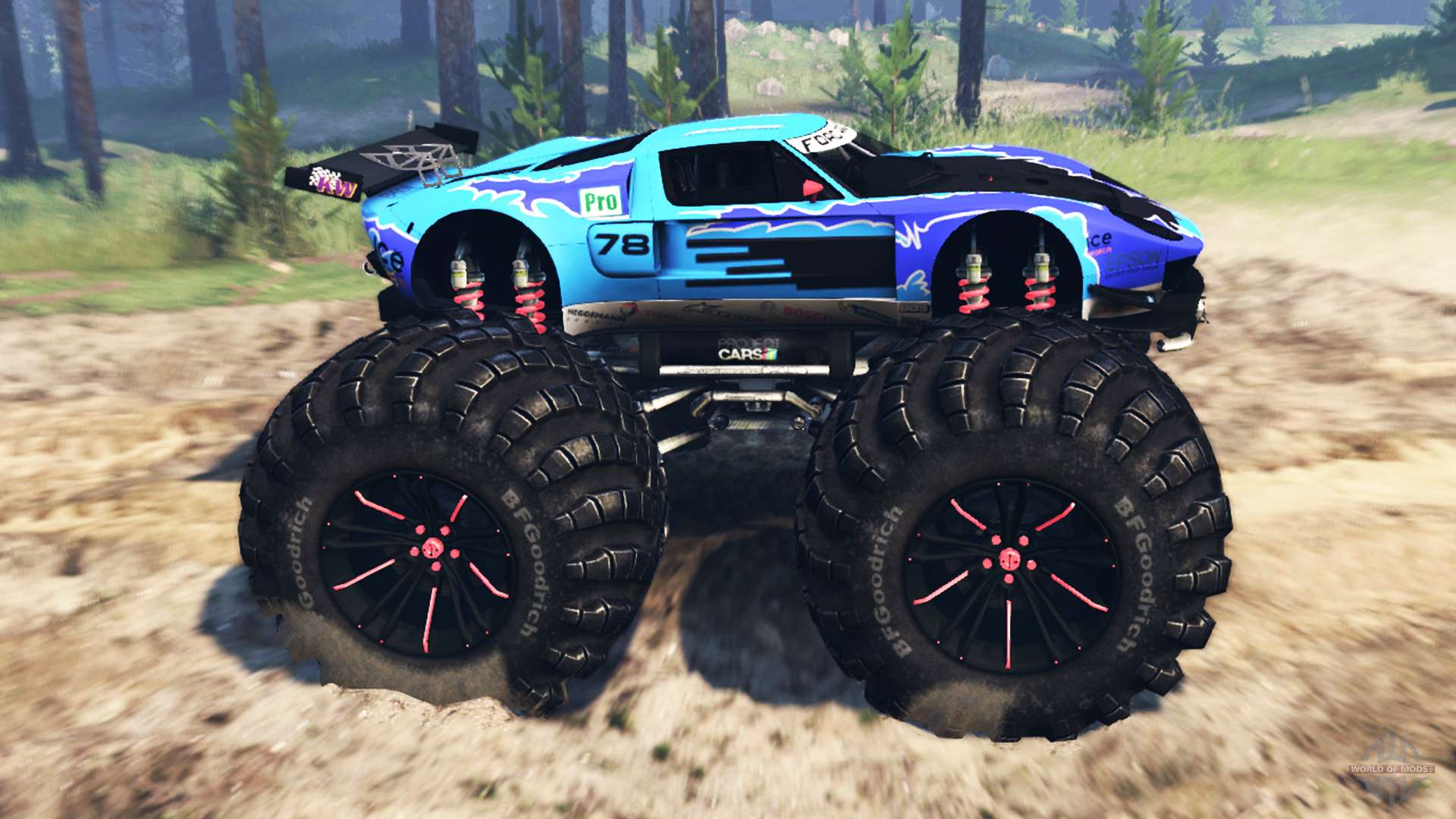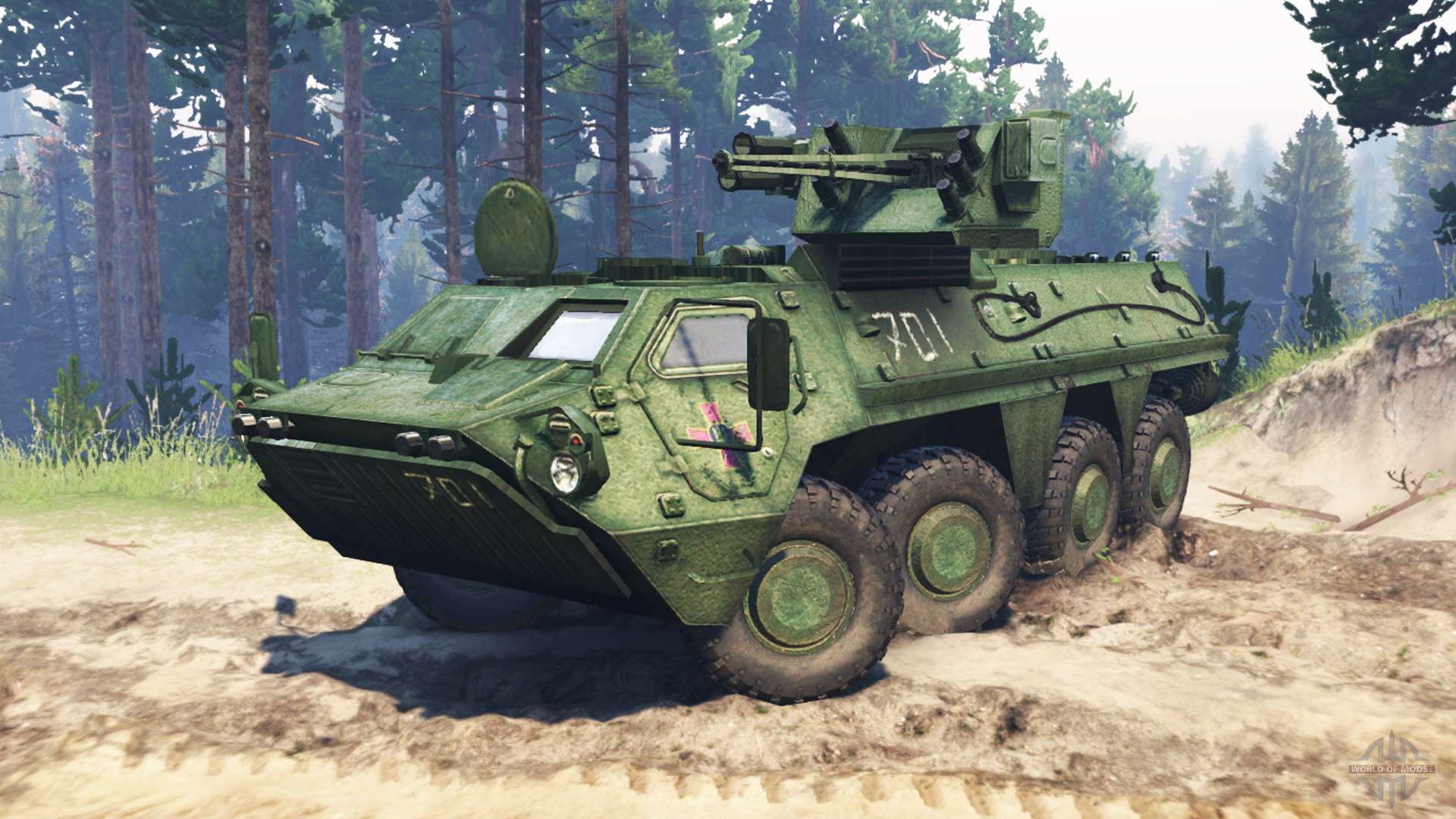

It has never supported translational (sliding) animations, only angular movement (it can flip up airbrakes or spoilers or ailerons, or spin props and tires, but not smoothly extend flaps or slats out of the wings - they just "break away" and tilt down.)įinally, it only provides a very limited "number of sub-objects" (20 misc bodies + 1 fuselage) - which becomes a serious problem for a 3D cockpit, if trying to assemble 50 or more gauges, switches, knobs etc. Or in more recent versions, even flap fairings that move with the flaps, or landing-gear doors at all. no thrust reversers that move/swing to a new position when reverse thrust is applied. Planemaker has very limited provision for animated objects - e.g. Sometimes my scenery buildings have to have half of the building "hidden underground" if the real building has no symmetry. It requires that every 3D shape be symmetrical in at least one plane - the two halves must be mirror images.

#AC3D SPIN TIRES WINDOWS#
Related - transparent windows are possible (via painting) but much kludgier and more pixellated than if done as transparent objects in Blender, etc. Thus the surfaces are a bit angular, with no truly smooth curves, viewed close-up.

Related - it only allows 16 "segments" - points around the circumference of a shape, and 20 "stations" - or crossections through a shape. obj objects for installation in scenery.ĭimensions being one (although usually not an issue for aircraft modelling) - limited to 999.99 feet in any direction (999.99 meters, if one wants to work in meters).Īlso it is "linear" - aimed at making all 3D objects as "tubes" of one type or another, which leads to distortions and paint-mapping issues at the tips of the tubes (well-known to those trying to paint cockpit windows on their Planemaker aircraft) - and also it cannot put a smooth rounded tip on, for example, a fuselage - they always have a sharp "point" or cone - however small - at the ends. Click Adjust PSI to create a set of setups in the same folder as your base setup.Actually - I use Planemaker even to build 3D scenery objects (why learn two programs when I already know one inside and out?) Exported, of course, as. if you enter 2, you will get 2 setups colder than 20° (10° and 15°), and 2 setups hotter (25° and 30°).Ħ. setups, which is how many increments of Temp step (+ and -) to create setups for. Dial in a Temperature step, which is how many degrees of air temp your PSI adjustment is for, e.g. you might have determined that 5° colder needs an extra 0.4 PSI. Dial in a PSI adjustment, which will be applied to each tyre pressure in the loaded setup. Enter the temperature that the setup was made at, e.g. Unzip and run the included ACCSetupTool.msi.Ģ. Then when you start a session at 30°, you can just load that setup with pressures already adjusted. This tool can save you time by automatically generating setups, based on your 20° setup, for 10°, 15°, 25° and 30° for example. If you want to use that same setup at 10°, you'd have to adjust all of your tyre pressures to make them higher, to achieve the same hot pressures. The tool then automatically generates setups for a range of temperatures.įor example, you might have a setup that you've developed at an air temperature of 20°. This can be handy if you want to adjust all pressures (starting pressures and in each of your pitstop strategies) up or down to suit different air temperature conditions, e.g. This simple tool allows you to adjust all tyre pressures in a setup by a positive or negative increment (outside of the game).


 0 kommentar(er)
0 kommentar(er)
